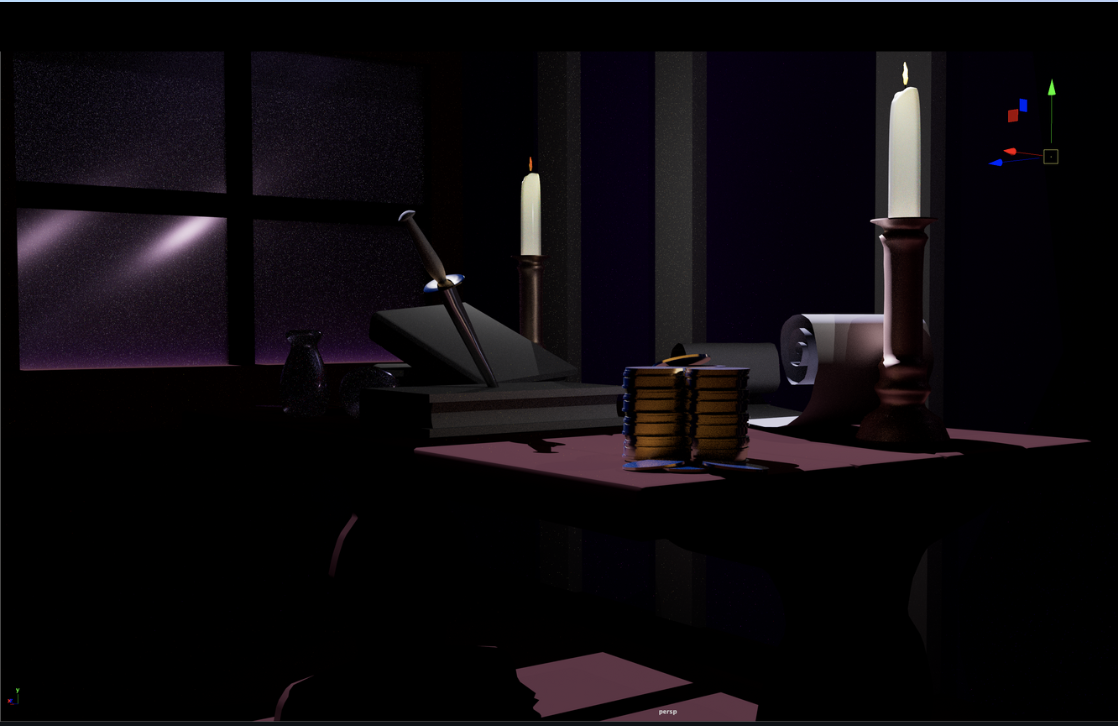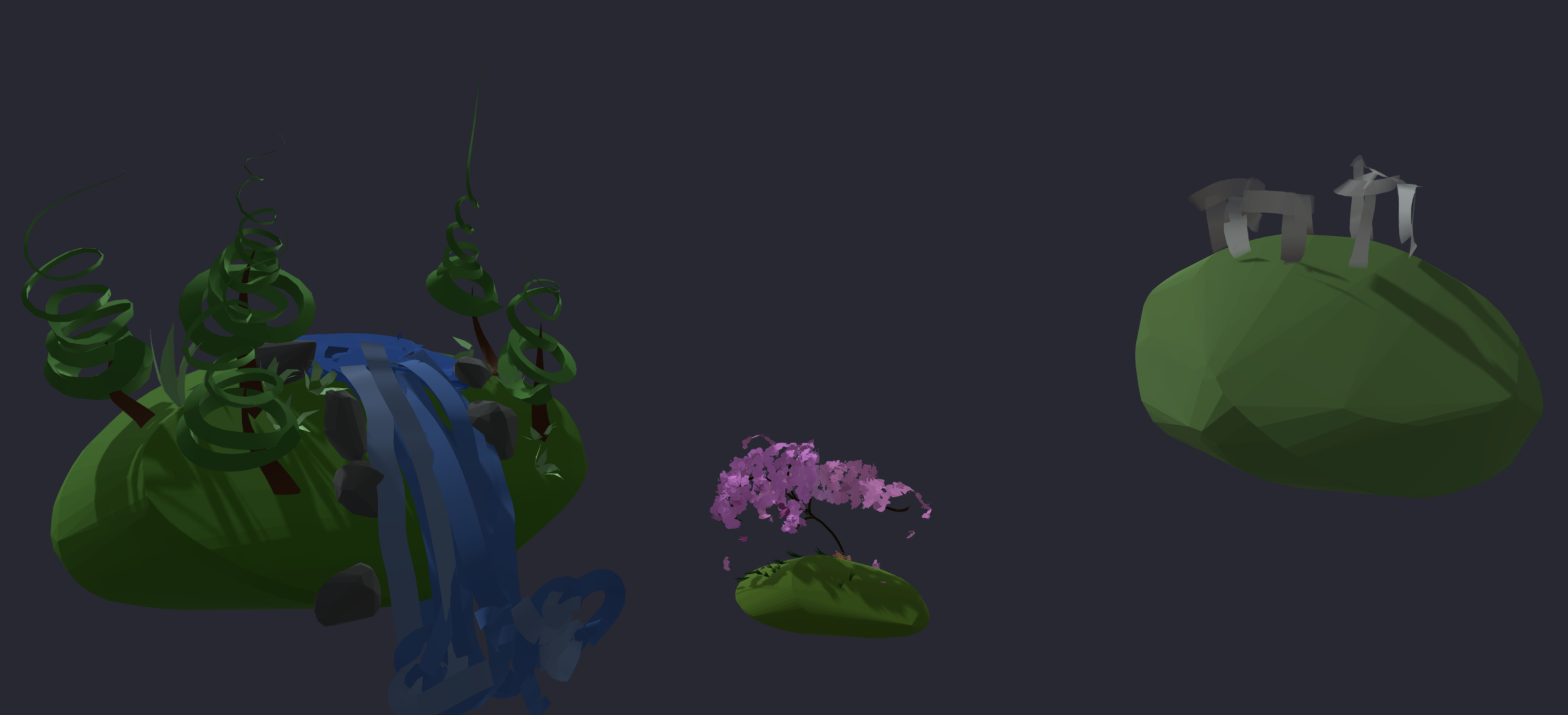Virtual Reality.
Overall a career in virtual reality can be an exciting and rewarding field for those with a passion for technology and innovation. However, it can also be challenging and competitive, with a high entry barrier and rapidly evolving technology. As with any career, there are pros and cons to consider before pursuing a career in virtual reality.
The Good:
- Exciting technology: Virtual reality is a cutting-edge technology that provides unique experiences for users, and working in this field can be exciting and innovative.
- Wide range of applications: Virtual reality is used in various fields, from gaming and entertainment to education, healthcare, and even military training, providing many opportunities for specialization.
- Growth potential: The virtual reality industry is growing rapidly, with increasing demand for skilled programming, 3D modeling, and game design professionals.
- Opportunity for innovation: Working in virtual reality allows for a great deal of innovation and creativity, as the technology is still relatively new, and there is much room for exploration and experimentation.
- High pay: Professionals in the virtual reality industry can command high salaries due to the specialized nature of the work.
The Bad:
- High entry barrier: Developing virtual reality content requires specialized knowledge and skills, which can be difficult and expensive to acquire.
- Niche market: While virtual reality is growing, it is still a relative niche market, which means there may be limited job opportunities in some areas.
- Potential for motion sickness: Using virtual reality can cause motion sickness in some users, and working in this field may require developing techniques to minimize this risk.
- Limited user base: While virtual reality is becoming more popular, many people still do not use or have access to this technology.
The Ugly:
- Rapidly evolving technology: As virtual reality technology evolves quickly, professionals must constantly stay up-to-date with the latest trends and techniques, which can be challenging and time-consuming.
- Development challenges: Developing virtual reality content can be complex, requiring professionals to create immersive environments that are both visually stunning and functional.
- Limited hardware: Virtual reality requires specialized hardware, such as headsets and controllers, which can be expensive and not widely available.
- Ethical considerations: Virtual reality can be used to create experiences that may be harmful or unethical, such as violent or exploitative content.



Courses.
If you are interested in virtual reality as a career or to increase your chances of acceptance into your dream college or university, here are the recommended courses you might want to choose as your four s(electives). These courses will provide a solid foundation in virtual reality's fundamental concepts and techniques.
- Graphic Design *
- 3D Modeling & Animation
- Immersive Reality
- Interactive Media Capstone *
- Game Design
- Audio Production
- Advanced Interactive Media Applications *
* = Required Courses | View Course Descriptions
Software.

Advanced Standing Credit.
| Our Course | Eligible for Advanced Standing in these Programs |
|---|---|
| Graphic Design | 2D Animation and Character Design, 3D Animation and Visual Effects, Broadcast and Video Production, Graphic Design and Communications |
| Game Design | Programming and Software Development |
| Audio Production | Broadcast and Video Production |
The Future.
The Stats.
Apply Now.
We would love for you to come share our passion
for learning Interactive Media with us!
